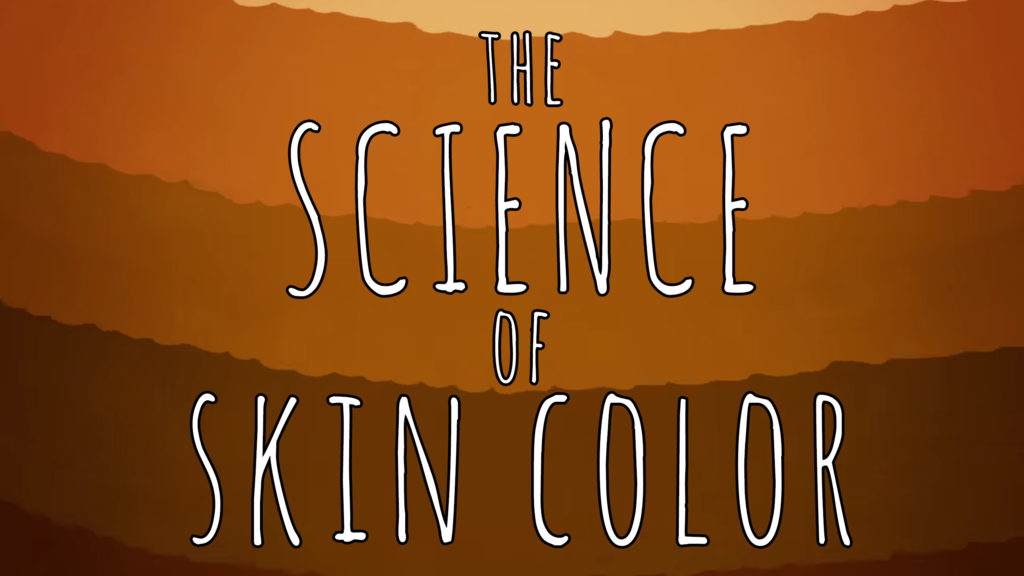The science of skin color

Contents
Effect Of UV Rays On Skin
When the skin is exposed to UV rays for a longer period of time, it leads to the damage of the cells of the human skin thus resulting in the burning sensation. If worse comes to worse, these cells will mutate which will lead to the melanoma. Melanoma is a type of deadly cancer that is formed in the melanocytes of the skin.
History Behind The Skin Color
Evolutionary processes lead to the varying of human skin tone and occurred when the ancestors migrated to Africa and into Europe and Asia. These ancestors resided in between the equator and tropic of Capricorn. This is a region that was saturated by the sun’s UV carrying rays.
Melanin
The ancestors combat the problem through their own sunscreen that is formed beneath the skin, melanin. Melanin is a type of pigment that gives color to hair and skin. They originate from melanocytes, a type of skin cell and give birth to two different basic forms that are eumelanin and pheomelanin.
Eumelanin gives rise to different brown skin tones along with black, brown and blonde hair whereas pheomelanin give rise to some kind of reddish brown freckles along with red hair. The amount of melanin that the human bodies have will justify if the body will be more or less protected by the sun rays. This is hence broken down to the response of the sun as the sunlight strikes it.
Rhodopsin- Rhodopsin is a type of light sensitive trigger that gets triggered when the skin is exposed to UV light. Rhodopsin after getting the trigger stimulates the melanin production so that it can protect the cells from getting damaged.
Just because our ancestors were pro in adapting to such conditions, today we have a world full of a variety of skin colors.






Responses